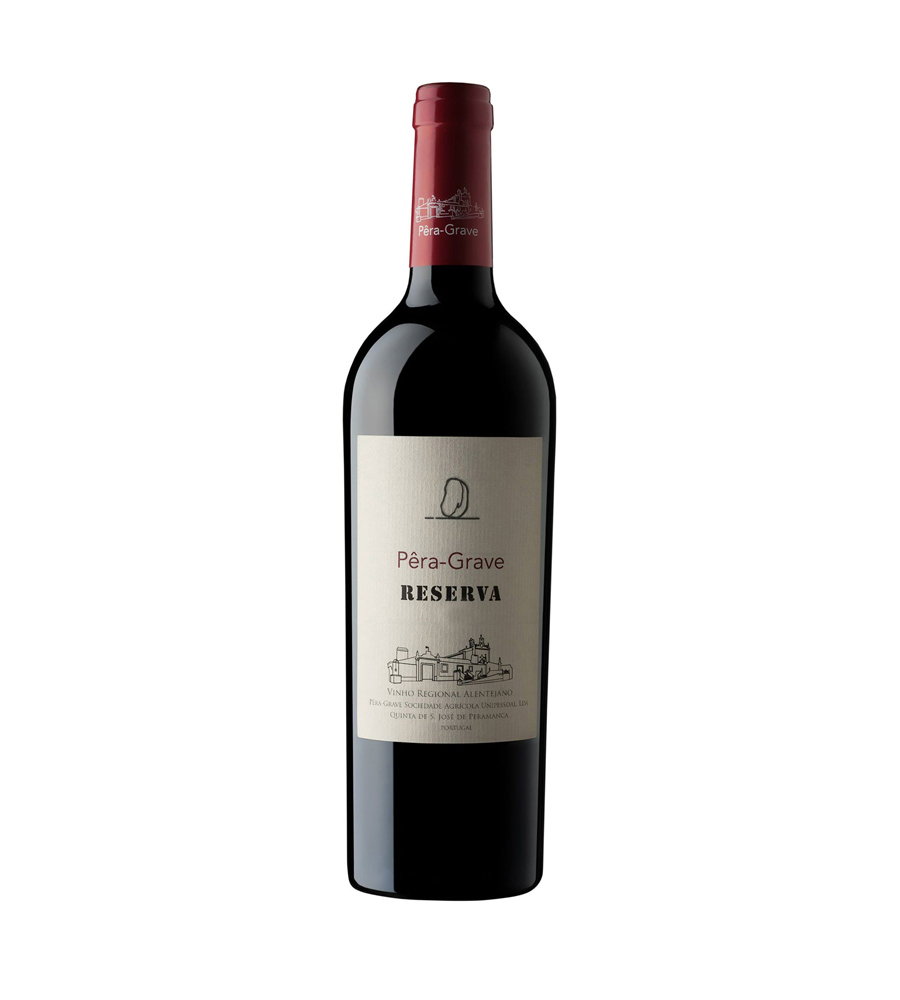Pêra-Grave
Vinification after 2 days of cold maceration to enrich the aromas, fermentation took place for 6 days at 24ºC, with delestage to facilitate the extraction of colour and tannins which contribute to the body and volume in the mouth.
Along with the round velvety tannins responsible for the volume in the mouth. A very pleasant, full-bodied, elegant and very persistent set, which aged for 18 months in French and American oak barrels.
Allergens information
Contains sulphites.
SKU: 102042


